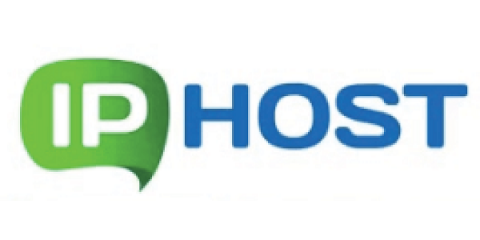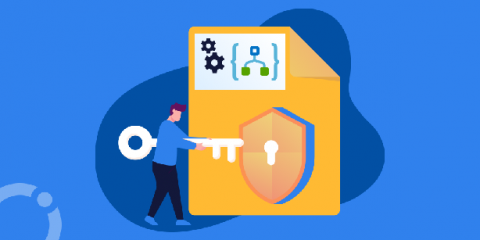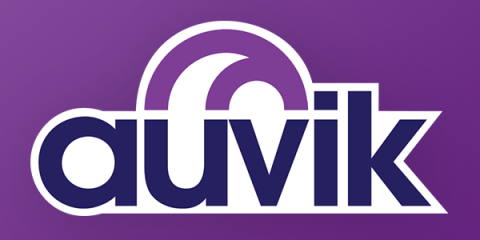Operations | Monitoring | ITSM | DevOps | Cloud
Latest News
Maintain monitoring, backups and updates: basics of information security
There are three basic types of activity in information security – those that should be performed periodically to reduce possible risks to minimum. Periodic updates is one of them: as software pieces are being developed and enhanced, it is required to update them for many reasons, one of them being possible vulnerabilities.
How to encrypt a file using Azure Logic App
How to choose the right compliance management software for your business
While keeping data safe from modern cyberthreats is difficult enough, you also have to keep in mind compliance with common regulations, i.e., ensuring your company’s compliance to SOX, which deals with transparency in disclosures from public companies. Nowadays, it’s not enough for businesses to rely on dismissive financial documents that satisfy the intermittent audit; you need to level up your game, and create detailed day-to-day records of activities.
Between Two Alerts: Phishing Emails - Less Ocean, More Aquarium
When we discuss Splunk Phantom with customers here at Splunk, we end up talking about phishing pretty frequently. As discussed in a recent blog post, "Phishing Emails — Don’t Get Reeled In!," phishing is a super common issue that almost everyone deals with ad nauseum. It’s also a nuisance to investigate. The good news is that automation excels at dealing with repetitive, mind-numbing workflows like phishing investigations.
CI/CD In Confidence: How Pipelines Keeps Your Secrets
A friend that can’t keep a secret isn’t one you’ll rely on. The same is true for your mission critical CI/CD tool that you have to entrust with credentials for each integrated component. Keeping your secrets safe can be a challenge for CI/CD tools, since they need to connect to such a variety of other services. Each one needs its own password or token that must be kept hidden from prying eyes.
Spam In the Browser
Ubuntu 20.04 LTS to enforce stronger TLS v1.2 encryption by default
In Ubuntu 20.04 LTS, the OpenSSL 1.1.1f library has been modified to use Security Level 2 by default (previous versions of Ubuntu use Security Level 1). Security Level 2 guarantees that protocols, key exchange mechanisms, cipher suites, signature algorithms, certificates and key sizes provide a minimum of 112 bits of message secrecy. In practice, it means that RSA keys are required to be at least 2048 bits long and ECC keys at least 224 bits using the SHA256 certificate signature algorithm.
9 Low-Cost or Free Cybersecurity Training Resources
Derbyshire Fire & Rescue Service: Fighting cybersecurity fires with Splunk
Everyone at Splunk is very proud of the amazing things that our customers and partners do with their data. It is always extra special when one of those organisations is really doing good and looking after us all in our daily lives. I’m delighted to share one of those stories from the Derbyshire Fire & Rescue Service (DFRS) who is using Splunk as its data-driven SIEM.










